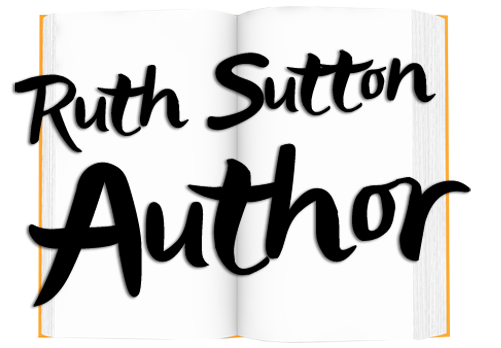I probably know the answer to this question as well as you do: any mention of SEX usually creates a spike in the visitors to any web site, but you can’t talk about SEX all the time. So in between we bloggers have to talk about less stimulating – sorry – things such as genre or structure or titles. Last week’s post about the structure of a trilogy appeared to go down like a lead budgie, even though it was on my mind and I wanted to write about it, so I did. What’s currently on my mind may be unattractive to the average blog reader, but it’s interesting to me, so here goes.
In the past few days I’ve been thinking about the link between visual images and what I write, and I’m asking myself “Is my best writing ‘filmic?'”. When I look at other authors’ writing I most enjoy, they seem to create strong visual images. I can see, not just feel or understand, what the writer is presenting to me. The first paragraph of Dickens’ Bleak House and its depiction of London fog for example, or the opening of The Road to Coorain by Jill Ker Conway, about the grasslands of Australia. Just a few nights ago, I dreamed very vividly about the opening scene of book that’s currently taking shape in my head. It was intensely visual, like the opening scene of a film. I could see how the camera would pan, the close-ups and the wider shots. It woke me up, a sign that this scene was in a sense ‘cooked’ and ready.
The problem with the description I’m looking for is that it can cut across the dictum about ‘show don’t tell’. You can’t represent the visual image I have in mind through the speech of one of the characters, without defying every rule of authentic dialogue. A passing by-stander wouldn’t say to herself, or her dog, ‘Look at the green of the samfire and how it’s growing in the mud round our feet,’ or ‘I’m struck by the pale gleam of the rising sun on tide-washed sand’. If the reader is to see the scene as I see it I need to describe it, in my authorial voice, the voice I’m trying to use as little as possible.
Maybe my aversion to this authorial intervention is misplaced and needs to be re-considered. Sadly, I’ve received very little detailed feedback about my writing so far, but I was once told by an author I respect that what she loved was this – the opening paragraph of Chapter 5 in ‘A Good Liar’.
“August. A hazy Sunday. Breeze from the south, hardly stirring the heavy trees. The land breathed slowly, imperceptibly, as if asleep under the sun. Tides crept up and down shingle and sand, silent save for a creamy whisper at the edge. On the beach the air shimmered over warm stones. Fields and valleys smelled of grass. Sheep crowded into shade, panting.”
There’s no action in this piece, except the movement of the tide. There’s no dialogue. I needed this scene-setting passage to explain a significant encounter for one of my characters. And the opening scene of the new book will need the same sense of place, as the setting is almost a character in itself, influencing both the people and the events of the story. What I really want is to find the words that will share the image in my head with the reader in an unforgettable way, that the reader will want to read again and again and share with others, like a poem.
So maybe I’ll think again about ‘show don’t tell’ and allow myself the indulgence of carefully worded description every now and then, something I’ll enjoy reading out loud, to myself and to others.

Recent Comments